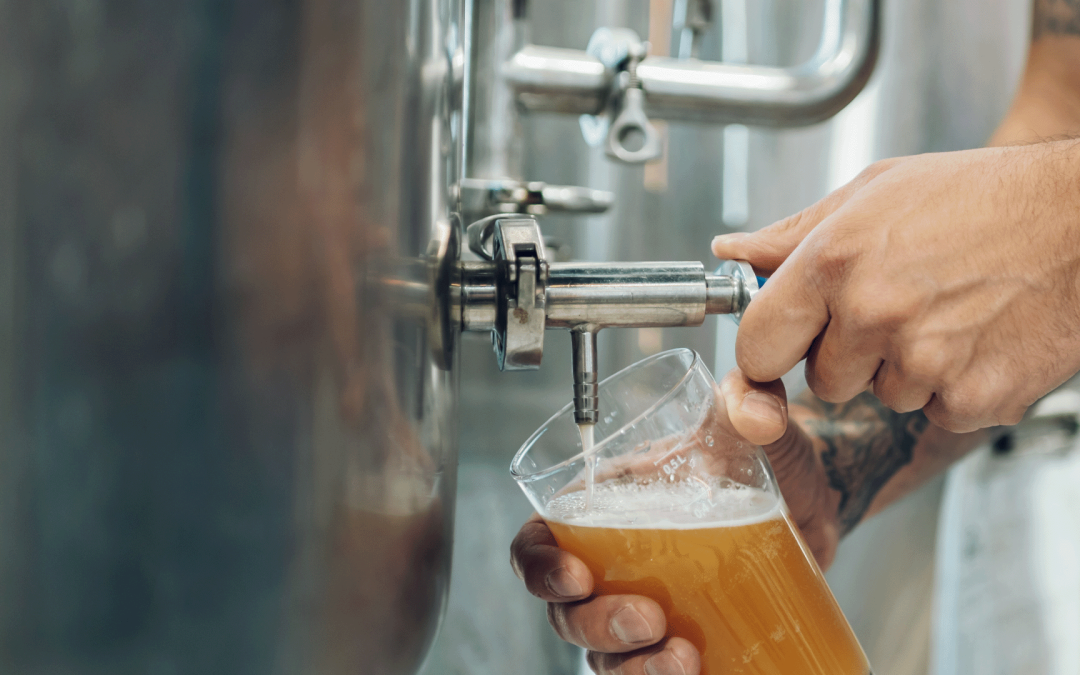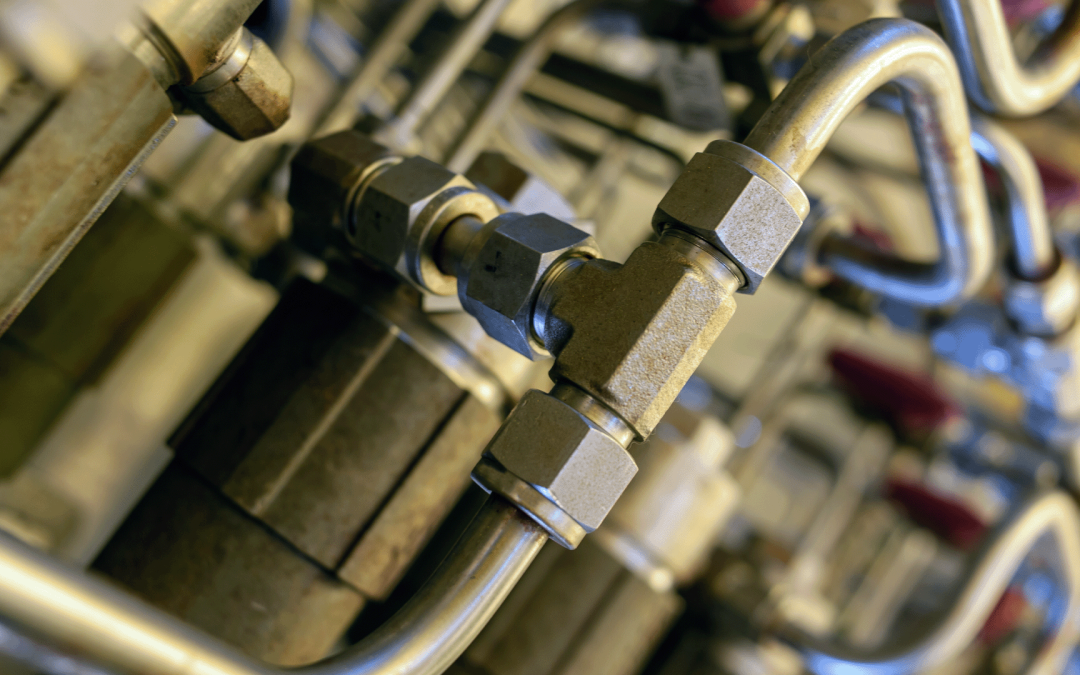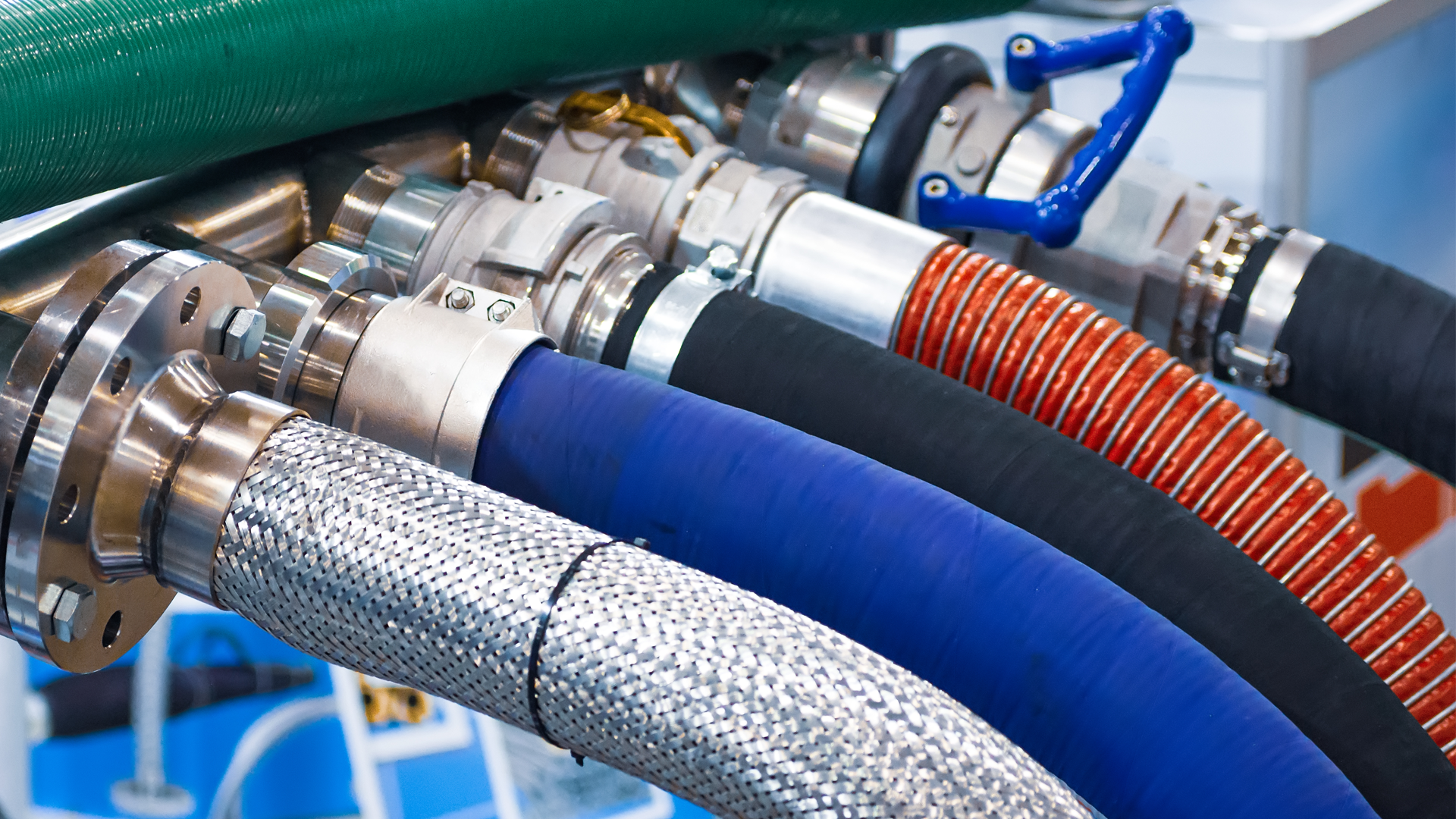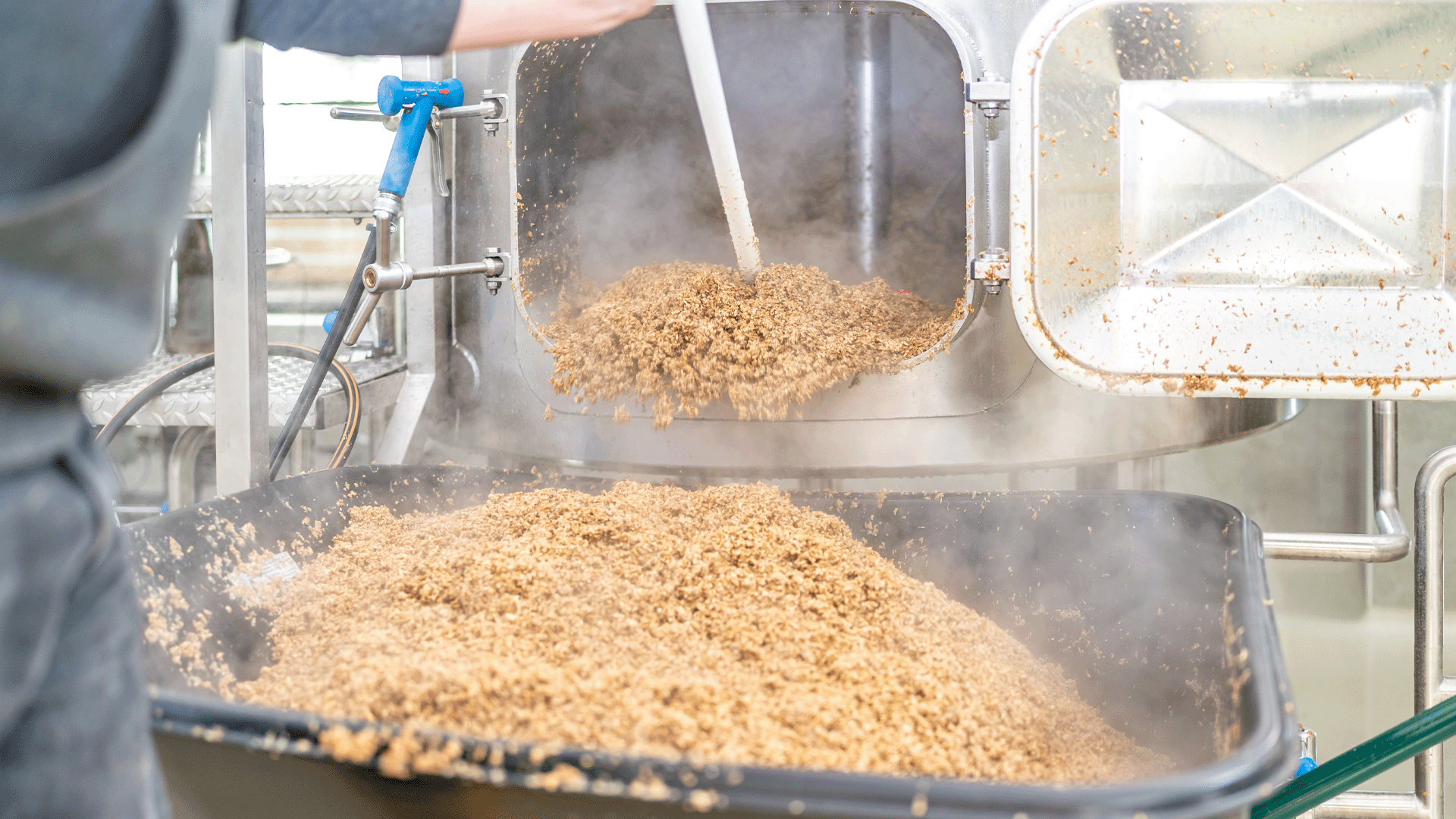ASME-BPE Certified Fittings for the
Pharmaceutical Industry
When purity and compliance are non-negotiable, only premium components will do. That’s why our hygienic BioProcessing Equipment (BPE) fittings are made from 316L stainless steel, are fully traceable, and come individually bagged with heat lot numbers and Material Test Reports (MTRs). With ASME‑BPE compliance and 15 Ra (SF4) or 20 Ra (SF1) finishes, our fittings deliver the exact tolerances, surface finish, and documentation needed to meet regulatory standards and ensure contamination-free performance.
The Ultimate Guide to Bio-Pharmaceutical Fittings
Confidently select and maintain high-purity sanitary components for pharmaceutical applications
A Comprehensive Guide to BPE Fittings in the Pharmaceutical Industry
This is our 5-chapter resource that is designed for both newcomers and industry professionals alike. It details the unique properties, standards, and best practices of BPE fittings, including comparisons to standard 3A fittings, critical surface-finish requirements, measurement and packaging protocols, material traceability, and applicable certifications.
1. Introducing Bio-Pharmaceutical Fittings
Of all the industries utilizing sanitary fittings for their facilities, the pharmaceutical industry is the most demanding. There is no room for error in the production of medications. Given the need for strict production processes, the pharmaceutical industry cannot rely on standard sanitary fittings to manufacture drugs and other medicines. Enter BioPharmaceutical fittings or BPE fittings. This chapter will explain the differences between BPE fittings and standard sanitary fittings as well as detail some properties unique to this style of fittings.
2. The Difference Between BPE Fittings and 3A Fittings
BioProcessing Equipment fittings, more commonly referred to as BPE, Bio-Pharm, or High-Purity fittings, comply with ASME-BPE standards. Given the critical nature of the products they are used to produce, BPE fittings are held to tighter tolerances and require a cleaner interior surface finish than standard fittings. The material requirements are also stricter than 3A Sanitary Standards for fittings typically used in food, beverage, and dairy processing applications.
3. BPE Surface Finishes
Surface finish is a critical characteristic in BPE components, given the importance of cleanliness within bioprocessing applications. The roughness of the interior surface of fittings is generally measured with a profilometer and measures roughness average (Ra), which is measured in microinches. Roughness average measures the peaks and valleys of the surface of the steel. The lower the Ra, the smoother the surface. BPE fittings are typically offered in two finishes: 20Ra, and a smoother, 15Ra with electropolish.
4. Who Uses BPE Fittings and Why?
Equally important to the materials used during the production process, is how those materials are assembled. For most BPE installations, orbital welding is used to maintain a clean and consistent weld. Unlike standard fittings, BPE fittings utilize extended tangents to enable the orbital welding process. The chemical makeup of these fittings has a specific tolerance for sulfur which also impacts the ability to create a consistent welding environment.
5. Standards & Certification
The BPE committee within ASME is the governing body for BPE standards. The applicable ASME-BPE standards address all aspects of BPE fittings including material composition, dimensions, tolerances, interior surface finish, product markings, and packaging and are available for purchase from ASME. But why are traceability and Material Test Reports important?
Shop BioProcessing Equipment (BPE)
All products are 100% BPE compliant with full material traceability reports (MTRs) provided
Sanitary Hoses
With hundreds of the most popular off-the-shelf hose types and nearly limitless style combinations, we’re confident that we have the food-grade hose for your facility. Our hose configurator allows you to build a fully-customizable hose to match your exact standards.
Washdown Stations
We offer both steam and hot water mixing stations designed to enhance your sanitation processes. We also stock all of the necessary washdown system accessories, such as premium sanitary hoses, hose sprayers, hose racks, for all your processing needs.
Sanitary Tubing
We source hygienic stainless steel tubing for carrying and distributing food and beverage products. Manufactured to the stringent ASTM A270 S2 specifications, this high-quality tubing is 100% bore-scoped and polished on both the ID and OD to minimize surface anomalies.
Why Choose Sanitary Fittings?
We’ve got the experience in the sanitary industry that sets us apart from typical providers of BPE equipment
Custom Fabrication Capabilities
Large Selection of Products and Inventory
Same Day Shipping on Most Orders
Exceptional Customer Service
Related FAQs
Common questions about hygienic design, manufacturing systems, components, and processes
What does “ASME‑BPE compliant” mean?
ASME BPE (BioProcessing Equipment) sets the industry’s highest standard for cleanliness, tolerances, and material documentation in biopharma. Compliance signifies that every fitting meets strict requirements for surface finish, traceability, and fit, which is essential for safe and sterile pharmaceutical production.
Do you provide fittings for small repairs and large facility upgrades?
Yes. With no minimum order requirements, Sanitary Fittings supports everything from single-part emergency repairs to full facility overhauls. Whether it’s one gasket or an entire system of valves and hoses, we have you covered.
Why is 316L stainless steel the material of choice for these fittings?
316L stainless offers superior corrosion resistance and hygienic performance, critical for systems handling sensitive pharmaceutical ingredients. It maintains integrity during cleaning and sterilization processes.
Learn more about, “304 vs 316 Stainless Steel“.
Are your fittings compatible with CIP (Clean-in-Place) systems?
Yes. Our stainless steel fittings are engineered to withstand the high temperatures, pressures, and chemical agents used in CIP and SIP processes. This ensures easy sanitation without needing to dismantle your processing line, helping maintain hygienic integrity and reduce downtime.
Learn more about, “Clean In Place (CIP) Essentials for Manufacturers“.
How do you ensure traceability and quality with your fittings?
Each fitting is individually bagged and labeled with heat lot numbers. We supply Material Test Reports (MTRs) with every order (for 316L stainless steel products) for full traceable documentation and regulatory compliance.
What levels of interior surface finish do you offer?
We provide two ASME BPE‑approved finishes with others available by request:
-
20 Ra (SF1/PL) – mechanically polished for general applications
-
15 Ra (SF4/PM) – electropolished for ultra‑smooth interiors, minimizing contamination risk and easing cleaning.
For more information on Ra, read, “Surface Finish: Roughness Average Explained“.
Popular Blog Posts
About BPE components, hygienic guides, sanitary design, and more

Sanitary Sample Valves: How to Select the Right Valve
Sanitary Sample Valves: What They Are, How They Work, and When to Use Them In hygienic processing, representative samples are essential for quality...

Understanding NPT Pipe Fittings: When and Where to Use Them
Choosing the right type of fitting is important for system integrity, safety, and compliance. One widely used fitting style is the NPT fitting. We'll...

Best Practices for Cleaning and Maintaining Your Washdown Station Hose
Best Practices for Cleaning and Maintaining Your Washdown Station Hose In any sanitary processing facility, washdown stations and hoses are essential...
For more information on this topic and more, visit our blog



